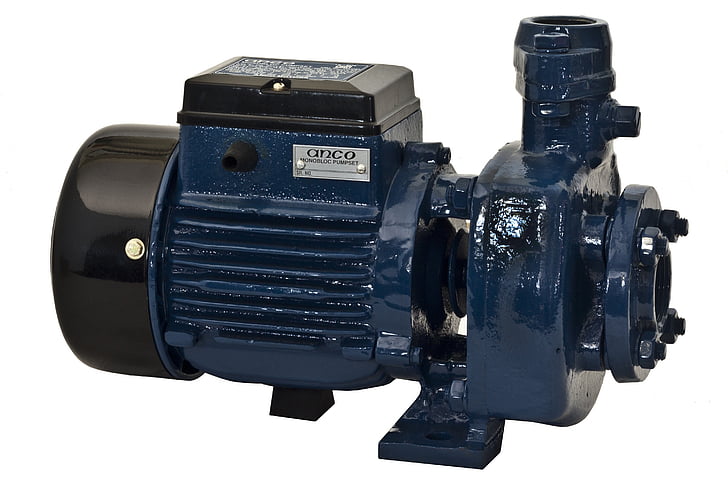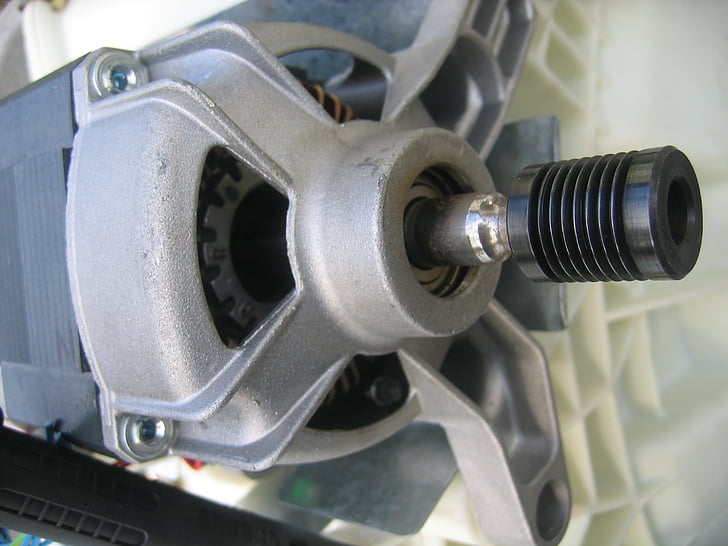Permanent magnet synchronous motors are highly recognized for their high efficiency, low noise, and reliability. Speed control forms an integral part of bringing out the best performance from a permanent magnet synchronous motor. Much as each one of us has a rhythm or speed, the permanent magnet synchronous motors change their speed by application conditions to meet the needs and reach the best results.

Fundamentals of permanent magnet synchronous motor speed control
The permanent magnet synchronous motor is a kind of motor whose rotor is made of permanent magnets interacting with the windings on the stator to generate a magnetic field. In the permanent magnet synchronous motor, during its operation, speed regulation is the essential way to achieve high accuracy in regulation and performance optimization. The basic principles of permanent magnet synchronous motor speed control are described below.
Magnetic field synchronization:
The rotor magnetic field of a PMSM moves in synchronism with the rotating magnetic field created by the stator, and such synchronous movement is achieved by the control of current in the stator winding. When the stator winding is excited, the developed magnetic field interacts with the magnetic field of the permanent magnet, and the rotor follows the rotating magnetic field in synchronous motion. It regulates the speed of the rotation magnetic field by regulating the size and direction of current in the stator winding and, thus it achieves the speed control of a permanent magnet synchronous motor.
Closed-loop control system:
The general approach of the PMSM is based on the principle of closed-loop control to ensure more accurate and stable speed control. The closed-loop control system measures the motor speed and compares it with the set target speed, feeding back the error signal to the controller. Further, this controller adjusts the stator winding current according to the error signal such that the motor speed gradually approaches the set value and is within the set range.
Common permanent magnet synchronous motor speed control methods
Traditional PID control:
Traditional PID is one of the simplest yet most common methods for permanent magnet synchronous motor speed control. This control method calculates a quantity of control by comparing the error between the set speed and actual speed, then transforms this quantity of control into the adjustment quantity of stator winding current. A PID controller adjusts the current of the stator winding according to the magnitude of the error and the rate of change with the aim of gradual approximation of the set value of the motor speed. PID control is simple and easy to achieve, but some limitations may appear in quick response and anti-interference ability. This method is suitable for applications that don’t require high control precision, such as pumps and other applications with light loads.
Vector control:
The vector control is a kind of permanent magnet synchronous motor speed control method based on the current vector. It realizes the control of motor speed by decomposing the stator winding current into two components on orthogonal axes-magnetic and rotary axes-and controlling the magnitude and phase of these two components, respectively. Vector control thus possesses good dynamic response and high accuracy of control, thus able to realize fast and precise speed control. It is applicable in cases where high-accuracy control is needed at a heavy load.

Direct Torque Control (DTC):
It is a kind of method for permanent magnet synchronous motor speed control, which is based on magnetic chain and torque. It directly measures the magnetic chain and torque of the motor and calculates the appropriate stator winding current according to the set target torque and speed. With it, the changes in magnetic chain and motor torque can be tracked in an instant, and the current to stator windings is thus adjusted with accuracy. By realizing precision control over motor speed, advantages are obtained through DTC, including good dynamic performance, fast response, and strong resistance to load perturbation, but its basic structure is relatively complicated due to its high demand for controlling computation. DTC has the merits of fast response, high dynamic performance, and anti-load disturbance, but it is relatively complex and requires high computation resources of the controller. Thus, it is suitable for applications that require high control accuracy and dynamic performance, such as machine tools, and other applications where big variations of load exist.
Model Predictive Control (MPC):
Model predictive control is the speed control method based on a mathematical model for the permanent magnet synchronous motor. It predicts the status and behavior of the motor for a future period using mathematical modeling of the system with a motor and determines a superior control strategy by making the best optimization calculations against already set control objectives. Multiple factors can be brought into consideration by an MPC controller, such as the motor’s dynamic characteristics, constraints, and control objectives in view, to realize high-performance speed control. Application areas with high requirements for control precision and dynamic performance are suitable for application. MPC is suitable for applications that have high control accuracy and dynamic performance.
Conclusion
Speed control technologies for permanent magnet synchronous motors are an important area of research, with great practical use. Various methods of controlling their speed show better and improved performance in different kinds of industries due to the presence of accuracy in motor system operations. Further research input will surely allow continuous innovation for further breakthroughs that would improve the speed of the permanent magnet synchronous motors. This gives a way towards effective, economical, and greener applications for industries.